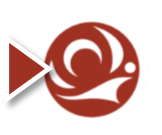| Home | |

|

|
|
|
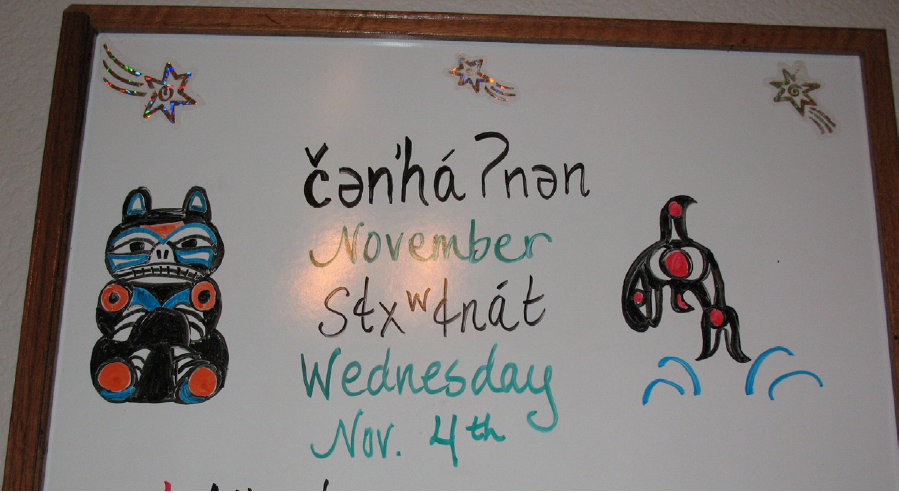
The agenda for the Tribe’s Children’s After School Program in English and Klallam.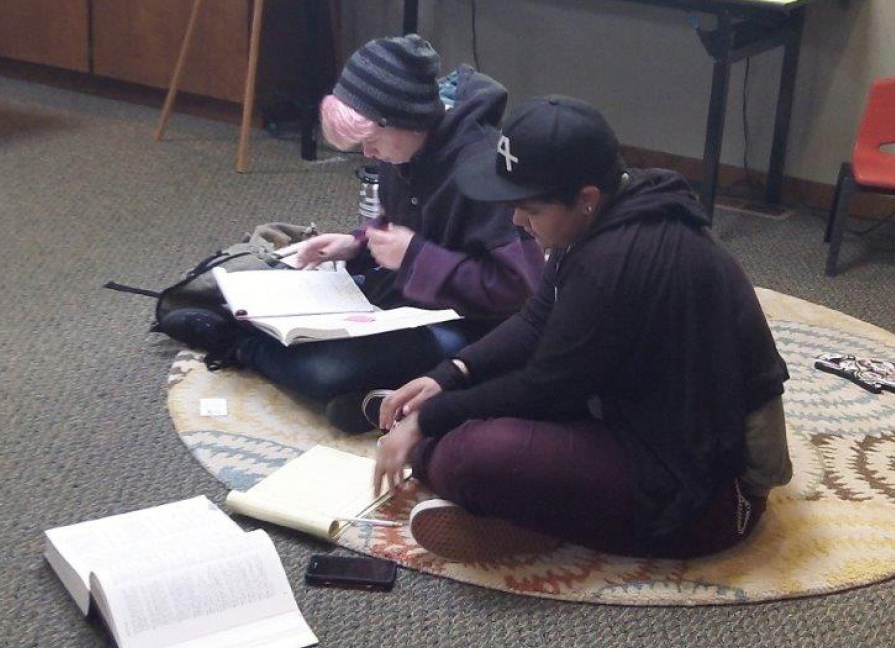
Tribal youth study their Klallam language lessons in the Jamestown Tribal Library. |
Was he čičməhán or Chetzemoka? The Chief’s Klallam name was čičməhán, roughly pronounced Cheech-ma-han. The settlers had trouble pronouncing it, and called him Chetzemoka or Duke of York. Klallam language was still spoken in many homes through the first half of the 20th century, when most Tribal people spoke both Klallam and English. By 1992, with only six Native speakers remaining, the Lower Elwha Klallam Tribe contacted linguist Dr. Timothy Montler of the University of North Texas to help save the language, and it became his life’s work. He worked with those six Tribal citizens, all of whom had learned to speak Klallam before they learned to speak English, translating hundreds of common words as well as recordings made by earlier linguists in the 1940s and 50s. Montler transcribed the pronunciations of what had been only a spoken language into a phonetic alphabet to create a written language. The Klallam alphabet is based on a standard set of phonetic symbols used in writing many of the Native American languages of the Northwest. Since the Klallam language has several sounds not found in European languages like English, some special symbols must be used to represent these sounds.

The Klallam alphabet shown in their alphabetical order:
Swan School is named after James Gilchrist Swan (1818-1900), who traveled from Boston to the Pacific Northwest in 1852. He resided at several Native villages including Shoalwater Bay and Neah Bay, where he served as a school teacher, learning the languages, documenting cultures, and developing relationships with Tribal leaders. In 1859, he settled in Port Townsend, where his relationship with čičməhán flourished. He published many books and articles of his life among the Natives and the early settlers. |
|
Previous Trail Sign |
Next Trail Sign |
|
|
|
||
|
Sentinel Rock
|
|
|
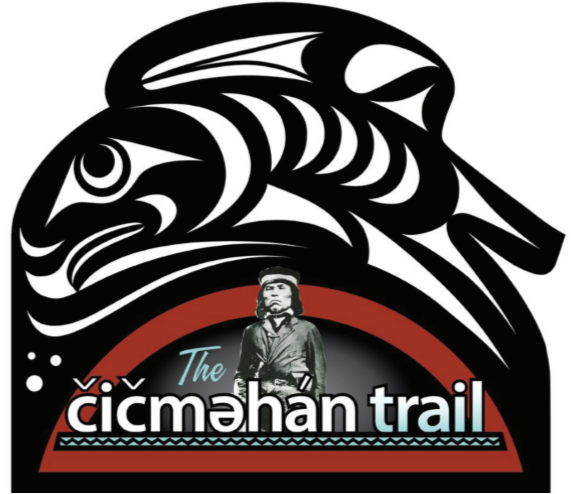 Exhibit Home | Sponsors | About | PDF Trail Map
|
|
|||||||||||||
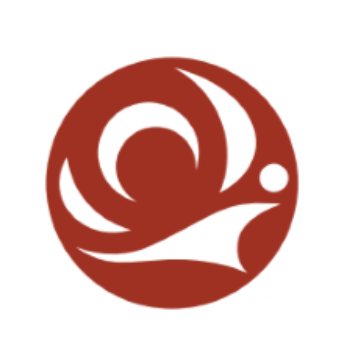 čičməhán Trail Map...
čičməhán Trail Map...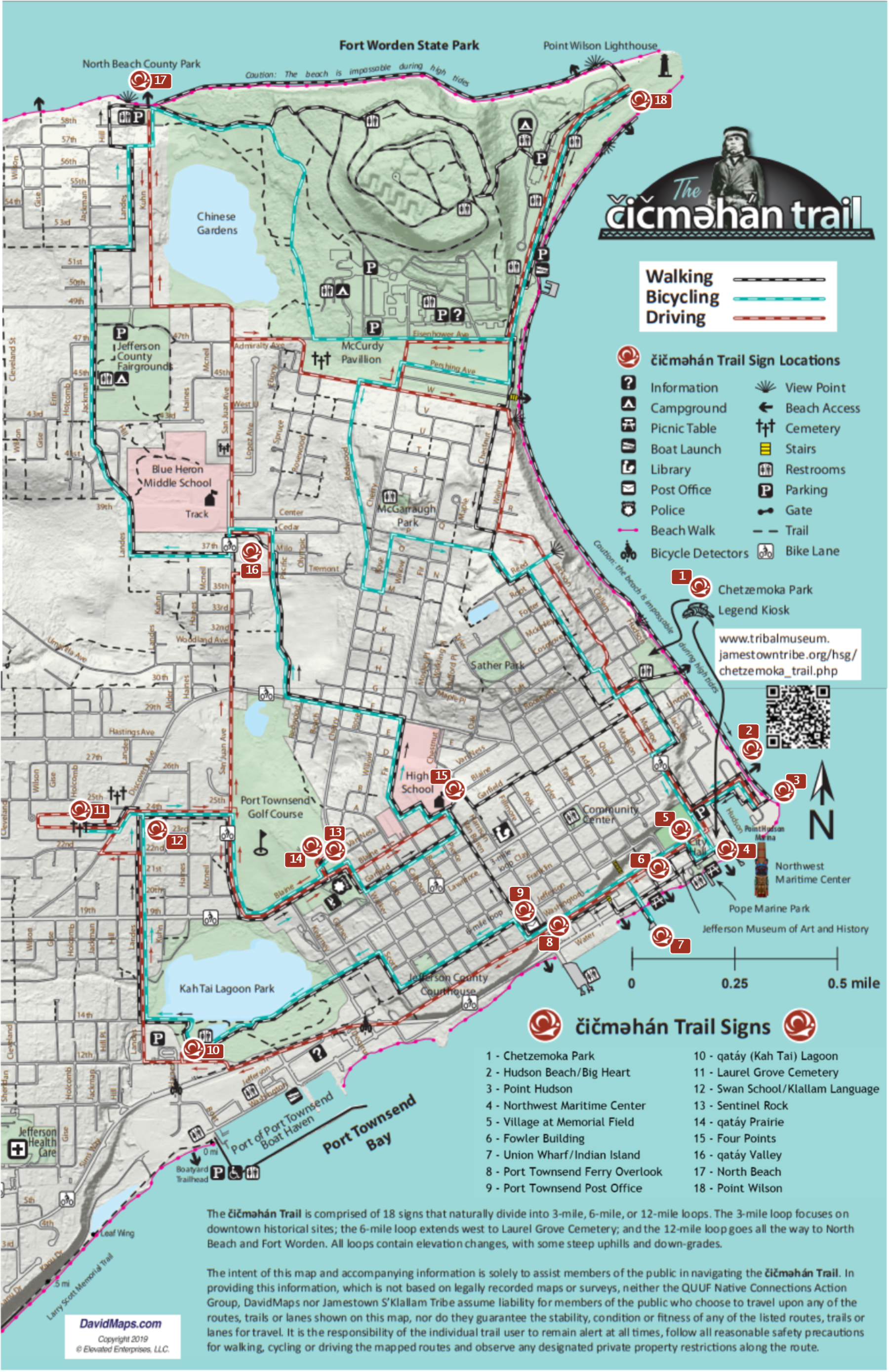
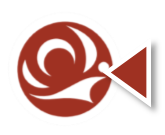 Laurel Grove Cemetery
Laurel Grove Cemetery 